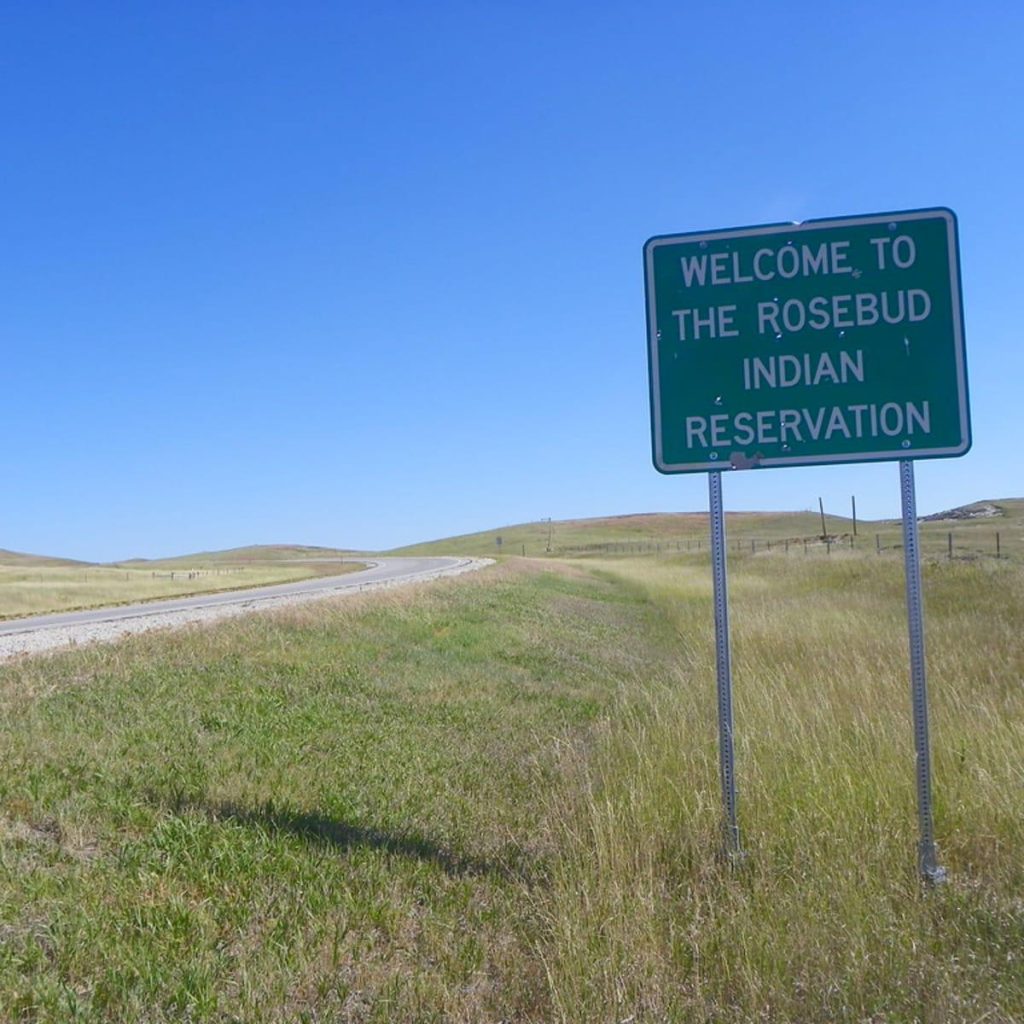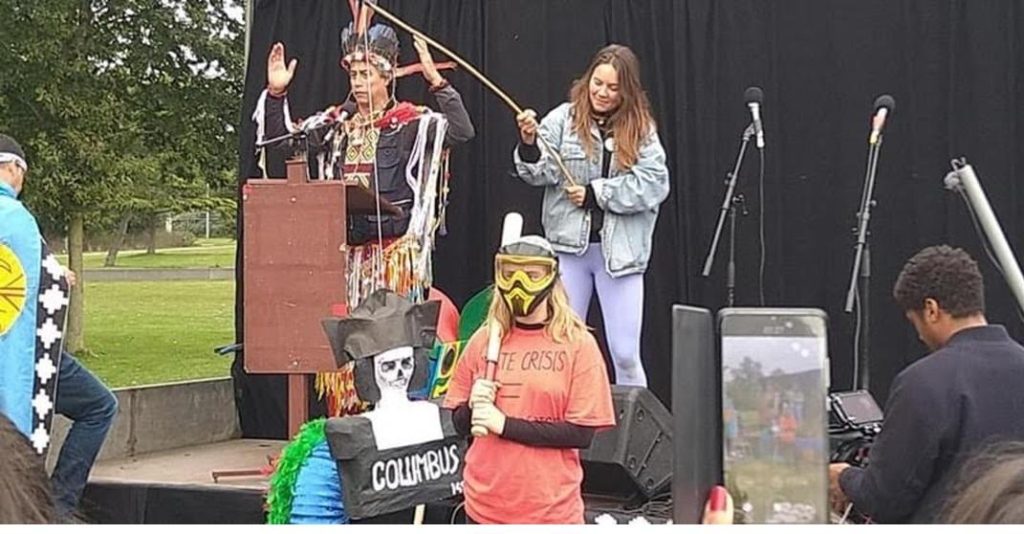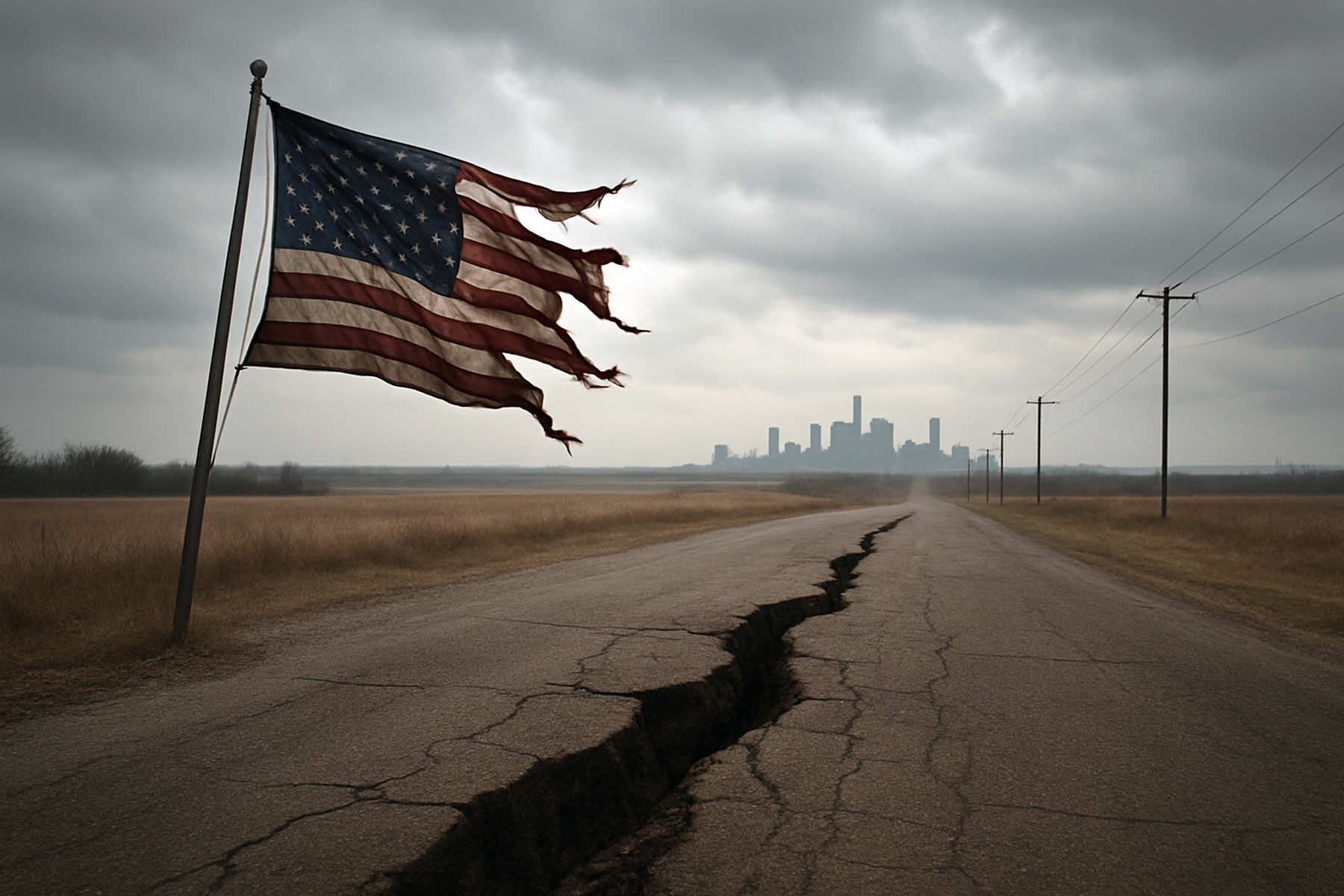
Dutch-Surinam author Willem Koning takes us on a personal adventure that occurred in the second half of the 90’s. In part II of this distinguished story the hardships native Americans encounter on a regular basis is evident.
Not much is told about what descendants of the original inhabitants of the America’s endure. Even to this date. Many of them still live in a reservation: an area initially designated as P.O.W. (Prisoner of War) Camp.
Indigenous peoples are often not being accepted in mainstream society but seen as a rarity.
or even a tourist attraction. Enforcing main stream laws and regulations upon native societies is still being regarded as invasive.
Part I can be found here
Rosebud Reservation
Eventually we all three met the next day, took a bus to Kadoka and spend an afternoon in a trailer with some of Wayne’s relatives. Shawna then bought a Convertible for 300 bucks to continue our journey.
The alcoholism seemed to be a persistent problem. Even during the few hours at the trailer police had knocked on the door to inform about one uncle who had been arrested and was released again from detox. A family member remarked that this uncle always acted drunk even if he wasn’t drinking. This almost epidemic of alcoholism was apparently linked
somehow to something that happened to these people. This struck me when it dawned to me that the “Indian Reservations “where in fact still POW camps where native nations had forcibly been placed less than 150 years ago. This was a shocking realization. To have to live in a society that basically does not want you must cause a steep mental struggle.
These atrocities committed by European Colonists specifically aimed at native peoples were by far no isolated incidents.
This does not suggest that life in pre-colonial America was all gracious and heavenly. European settlers do not hold a patent on human cruelty yet the intention to try to systematically exterminate an entire population of a whole continent is unimaginable.
I began to wonder about my own Carib family in Surinam and started to make comparisons. There were certain similarities especially among those living near or in urban areas, disconnected from a traditional lifestyle.
The ones who lived in the interior were usually not going around intoxicated.
I guess it simply is far too dangerous considering the natural surroundings. Surviving in the forest demands an extreme vigilant- and alert attitude. Giant snakes, Jaguars, Puma’s Piranhas, Poisonous Frogs and Crocodiles are no joke.

Sioux Nation
‘Now we are in “Sioux Nation” (Rosebud Reservation)’, Wayne cheered when we passed the Reservation sign. The with bullet holes penetrated sign dazzled me. I asked myself who had been shooting at the sign, Natives or Outsiders?
Wayne drove most of the way since he knew the area. We had trouble with the alternator. Shawna and I stayed in the car when the car broke down at a small village named Pierre on the Reservation.
It was nighttime and Wayne went to seek help. The right front window was shattered when we hit a bump earlier, so we had placed a piece of cardboard in the window.
Two elderly relatives towed us all the way to St Francis. We met most of his family. They were nice people and one of his brothers was a civil lawyer. Another one replaced the alternator.
I was struck by the extreme desolate home situations and poverty. What in the world happened to these people who barely 120 years ago roamed free over these plains?
They seemed to be largely dismantled of their own value system and way of life.
During our ten day stay I was struck by the number of incidents involving alcohol related aggression. These people appeared to be dislodged from their own survival instincts. Of course, there were funny and happy moments, and I had a new girlfriend, but it was clear that something triggered this self-destructive tendency.
Our romance seemed somewhat misplaced compared to everything that transpired around us. Shawna and I left Rosebud. Wayne stayed behind and our car broke down again in Sioux Falls.
That is where I took a bus back to DC. I was heartbroken to have left her behind that way, but I had to go back to Holland to finish High School. I learned about the massacres that had taken place and visited the Wounded Knee grave-site. Somehow the desperation caused by state sanctioned pro-longed racism began to make sense to me.
Surinam Caribs
As I sat on the bus my thoughts dwindled back to my own native roots; to my Grand Parents who still lived in Surinam. Many of the people I had met even resembled my own family and acted in a surprisingly similar way.
In Surinam our indigenous culture seemed to be more preserved in the traditional way. There are no “Indian “Reservations” but other threats are endangering indigenous communities. The Colonial established government has no official policy how to approach Indigenous Affairs.
The official language is even still Dutch, and all imported immigrants and their offspring all came to Surinam by Dutch interference. Descendants of African slave laborers and east Asian contract laborers now form the majority of the half a million inhabitants.
The State claims to own all the land. “Legal” and illegal gold mining cause mercury poisoning in the rivers, wood concessions threat native communities and native rights have not been protected by law.
My Grandma was still living along the Coppename river deep in the forest. She harvested fruits, crops and fish. In her “Kuriyara”(boat) she still was peddling to a trading post named Boskamp at age 75.
Her practical knowledge of the environment, plants and animals was stunning. She pointed at the monkeys high up in the trees and said,’ They will disappear for three days to warn others that new strangers have arrived’. After exactly three days they returned. She would start a fire before sunrise and chase away the “Sapakara’s” (scavenging lizards)
There were only three people still living across from the original village” Good Hope”, where my mother was born. We peddled across to the old deserted village. It was as if time stood still. The houses were half demolished, and palm trees were growing through the roofs. Broken pottery and sunken boats were still laying around. The sun shed its light on the forest floor through the canapé. I could almost hear voices of children playing and elders chatting.
It somehow felt if my spirit touched home base.
At one memorial ceremony in Paramaribo, we were given “Cashiri” (a fermented manioc drink). An old blind man sat in a chair playing his “Maraka” while relatives would dance all night.
In the morning people were laying around sleeping in the sand in a similar way I saw intoxicated people up and around the reservations. But there was a difference. This was not a habitual state of drunkenness. In the morning the memorial continued. Family kept dropping by the house to engage in storytelling and sharing the loss of the deceased.
Big Difference
The Caribs or Karinya live in diverse linguistically related groups covering most of the Northern Amazon basin such areas that are now called Venezuela, Guyana, Columbia, Surinam, French Guyana and Brazil.
Also, on Caribbean Islands some remnants of Carib ancestry are still present. Life in the tropical is far from idyllic
The consumption of intoxicating beverages in the traditional way was ultimately connected to certain cultural traditions. Mostly memorial rituals. For the rest of the time, it was far too dangerous to be walking around drunk or intoxicated.
It is only when changes in cultural values and daily activities shifted from traditional to western type daily work schedules, that in native communities people were becoming disorientated.
Why would you go leave your traditional village to go find a job in the City to make money to buy things you don’t really need? Things that would produce trash piles and pollution.
The idea to work until old age and only then can start enjoying life is also something that does not agree with many native cultures.

Karinya culture is like many other indigenous cultures primarily based on preserving a natural balance and cleanliness. Exploitation is not seen as a goal in life. Preservation and protecting is.
Along similar lines native peoples in North America were living. But deprivation of own land, culture, language and value systems have left them dangling in mid-air. This put together might be a root cause fueling desperation and a lack of hope for the future resulting in addictions such as alcoholism.
In Surinam on many villages native values are still upheld and relatively well maintained.
Modern changes are rapidly being introduced. Adaptation to the western commercial way of thinking poses a serious threat to the protection of the natural environment, wildlife and continuation of ancient sustainable indigenous values that are not based on economic profit but rather on conservation of the natural world.
The impact of colonial established states on the lives and welfare of Indigenous Peoples has been horrific. It does not mean that within ancient Indigenous Cultures all was always without conflict or distress.
Wars, awe and terror have left a mark on all of mankind. But the amount of destruction and devastation that was inflicted upon Indigenous Peoples of the Americas since the arrival of Columbus surpasses biblical proportions and is nothing to be boasting about.
This now brings me to another segment of the story.
The global legacy and impact of European Colonialism is not to be taken lightly. In educational material not much is mentioned about the brutal invasion and attacks on native peoples of the America’s and elsewhere.
Different groups and individuals have taken the initiative to search in archives and add the other less heroic side of the story. They are being accused of trying to re-write history and change the assumed heroic- historical events.
Sadly, nothing lies further from the truth. References are taken from historical logbook data signed by Colonial parties from that era. In detailed descriptions the horrific acts of violence have been documented. Death squads of Vigilantes. Soldiers and Mercenaries proudly put into writing how they killed native men, women and children.
This covers such a wide territory and time frame that it would take a whole book to present all incidents. Since bringing civilization to the New World had become a sacred quest to many, the viciousness with which it was executed rapidly exceeded in vigor. Killing “Indians” was a profession. Indian Killers got paid by majors, governors or farmers to get rid of natives.
Indigenous Liberation Day in Amsterdam 16 October 2021. By bringing individuals such as Christopher Columbus into the equation the confrontation of sheer greed and cruelty appears overwhelming.
Now we are hitting the core of misguided principles.
The same intentions that motivated , exploitation abuse ,disrespect of peoples and places still remain as vivid as in the days of Columbus.
At the Indigenous Liberation Day organized by Stichting Aralez in combination with several support groups a symbolic tribunal was staged convicting a number of Colonial and Corporate Crimes.

The Colonizers have mostly shifted from identifiable Nation states to Multi-National Companies.
In some cases, Nation States openly Colonize and are sticking to exactly the same invasive tactics as Columbus in his days. At the Indigenous Liberation Day, in Amsterdam attention was drawn on past, present and future.
Realizing and recognizing that the focus on financial gain and expansion is what drives people to the most insane acts of violence. Those who dare to resist are portrayed as rebels or terrorists in the same way native peoples of the Americas’ were called” Savages”.
There is no room for human understanding, -relations, logic or principles other than just aiming at profit margins. Even if it means destruction of people’s livelihoods, their environment, -culture, -identity and - dignity.





